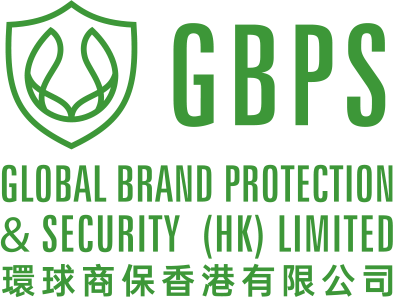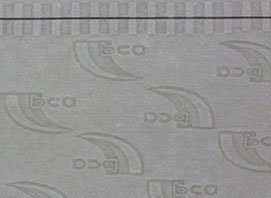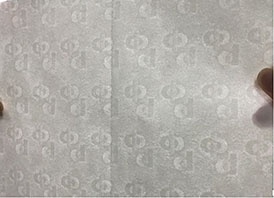Watermark paper
The watermark paper is offered under the trademark has embedded into his structure a design, more or less complex, which can be seen when the document is viewed in the daylight.
Besides the security feature role, the watermark is also a marketing element, giving a special image to the companies who used it for commercial correspondence. Major companies are using private watermark paper for writing valuable documents and business correspondence.
Watermark types:
Depending on how the watermark pattern is seen in the light there are:
○ white shade watermark – the drawing is composed of lines that appear lighter than the paper background;
○ dark shade watermark – the drawing is composed of lines that appear darker than the paper background;
○ double shade watermark – the drawing is composed of lines that appear both lighter and darker than the paper background;
○ portrait watermark – the drawing is composed by a multitude of line with different thicknesses and intensities creating a complex image.
Depending on the model position on the sheet of paper there are:
○ all-over watermark – uniformly distributed over the entire paper surface;
○ continuously placed watermark – uniformly distributed only in certain areas of a sheet of paper;
○ cut-to-register watermark – in which the design is placed at a certain distance from the edges of each sheet of paper.
Ceprohart can produce any type of watermark paper. Watermark models can be either general models (public), as well as personalized, customer property. As a security paper element, watermark can be used alone or in combination with other security elements.


